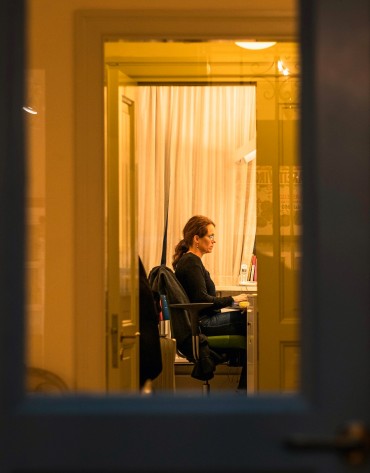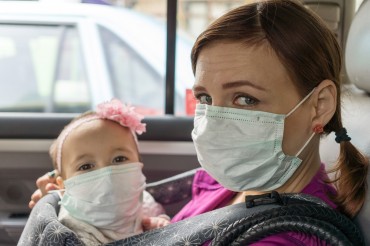Since the onset of COVID-19 working from home has become the norm. As in conventional workplaces, teams working from home still face gender dynamics. However, given the physical distances the situation is very different. Here is a look at how things are shaping.
Workplace dynamics
At least one study shows that in some domains women working remotely may be working more than their male peers. The World Economic Forum (WEF, WeForum.org) posted a factoid in a July article. It hinted that the gender gap at work may be widening. In certain industries women are receiving higher workloads with lower pay. Overall female employment in some world regions also continues to decline.
Gendereconomy.org highlights several key aspects of the differences between the genders’ experiences during the crisis. For example women accustomed to domestic work are much more likely to adapt to shifts in gender roles. As utility overrides social norms, we are likely to see much more of such role shifts. Women in many cultures are accustomed to managing dual responsibilities. They are generally better equipped to cope with the demands of role shifts.
Employers and gender equality
Working from home has brought profound changes in the work cultures of organizations. Employers in many countries are finding workplace sexual harassment to be much less of an issue. However, some issues and bias remain unchanged. COVID-19 and working from home can do little to remove inherent biases in individuals. These prejudices manifest most commonly during recruitment and promotions. HuffingtonPost.ca reported in an article from earlier this year that in the US women fill a larger proportion of lower paid positions. Statistics such as this are indicative of deep seeded employer bias. However, this is not the case everywhere.
Preference for women
Many studies found a reverse gender bias in certain fields of work. There is a preference for women workers in some domains. Women have traditionally been considered more suitable for such roles. Examples include healthcare and nursing, primary education, social work, care for the elderly and infirm, and some teaching professions. The biases manifest in the form of men often being precluded from these jobs. Most women migrants from developing countries find work overseas in these professions. Migrant women workers employed abroad (such as nurses) are often able to earn 8-12 times what they would earn for similar work in their home countries. This allows them to send money online as remittances to support their families. Since COVID-19 many of these jobs are considered to pose risk, since they inherently involve contact with others. Yet, vacancies in these fields have increased.
Work-life balance
An April 2020 article by the UN Department of Global Communications explored this aspect. The UN article stated that women represent 70% of the social and health sector workforces. Both of these sectors have been under much stress from the effects of COVID-19. The risk of stress-induced illness or injury is becoming a concern. Quality of life encompasses stress levels, workload, and the frequency and quality of rest. This applies as much while working from home as while working on-site. With this benchmark we find that the quality of life varies less by gender and more so with profession.
More women in the workforce
Efforts to gain economic parity for women and increase their workforce participation have been underway in many nations for decades. Since the start of COVID-19 jobs in male dominated professions such as construction, mining, oil, and manufacturing have sharply contracted. Meanwhile the demand for qualified women in healthcare and nursing has exploded.
The prevalence of working from home has made paid work more accessible to millions of women. In developing countries such as India many qualified women are dissuaded from working by the prospect of long daily commutes. Relocating to another city is also a big issue to overcome. Working from home has removed these significant barriers and opened many doors for women to work.
Meanwhile staying at home is getting men more involved in household roles. This “unpaid work” includes childcare and household chores. These factors are allowing women to spend less time on domestic duties and devote more time to their professional progress.
Concluding thoughts
Overall, the COVID-19 climate has been a mixed bag with reference to women’s equality and inclusion. With more women working from home the ‘new normal’ gives hope and opportunities for progress. Much work still remains to be done. We require a combination of enabling technology, progressive policies, and strong decisions. The UN makes a point to underline the unique opportunity the pandemic has produced. The fast changing work climate has shaken up prevailing conventions of labor and employment. It is a chance to begin tackling workplace inequality.
About the author:
Hemant G is a contributing writer at Sparkwebs LLC, a Digital and Content Marketing Agency. When he’s not writing, he loves to travel, scuba dive, and watch documentaries.
























































Comments